Hien Luong Bridge connects the two banks of Ben Hai River - Photo: HOANG TAO
After the Geneva Agreement in 1954, the Ben Hai River located at the 17th parallel became the dividing line of the country. The Vinh Linh area on the northern bank of the Ben Hai River was completely liberated, together with the North, to carry out two strategic tasks: building socialism and fighting to liberate the South. The Quang Tri area on the southern bank of the Ben Hai River, together with the South, became a new-style colony of the United States.
Therefore, Ben Hai River became the place to witness the pain of dividing the two parts of the country for more than 20 long years. With the spirit of patriotism and bravery, resilience, the army and people on both sides of the border fought wisely, resolutely, ready to sacrifice their lives and property to stay on the land, protect the village, contributing to the great victory of spring 1975. Hien Luong Bridge - Ben Hai River is the beautiful symbol of Vietnamese revolutionary heroism.
When she was still alive, my grandmother told me the story of a woman whose husband was a martyr during the war against the French and whose only son crossed the Ben Hai River to gather in the North. That was my grandfather and his three younger siblings who joined the war against the French colonialists and sacrificed themselves one after another. Out of anger at the crimes the enemy had committed against his family, my 16-year-old uncle ran away from home and crossed the border to the North.
So every afternoon my grandmother would go to the South bank of Hien Luong bridge to wait for her only son. My grandmother was the embodiment of the pain of separation, the courageous will of a Vietnamese woman who knew how to suppress her own feelings to join many other mothers and wives in the communes on the South bank of Ben Hai river to silently shelter cadres, steadfast and brave in the face of the enemy's vicious tricks, contributing money and labor to the cause of national liberation and unification.
Located on the southern bank of the Ben Hai River, Trung Hai commune is where many of my maternal relatives lived under the harsh control of the American-puppet regime. During this period, Trung Hai was the area where the enemy concentrated their forces to build a defense line against the communists and was also a "springboard" to attack the North. Therefore, the army and people of Trung Hai commune bravely stood up, overcame hardships and fierceness, and maintained their strong belief in the Party's leadership in the struggle to liberate the South and unify the country.
Raising black tiger shrimp in Vinh Son commune, Vinh Linh district - Photo: NK
It must be said that, during the resistance war against the US to save the country, the lives of people on both banks of the Ben Hai River were not only difficult and lacking in material things but also had to face many insidious tricks of the enemy. Yet, today, after 50 years of national reunification, along both banks of the Ben Hai River, prosperous and bustling villages are evidence of a strong revival in the former war zone. Especially in recent years, localities on both banks of the Ben Hai River in the two districts of Vinh Linh and Gio Linh have received attention for investment and development.
In particular, the construction of infrastructure, especially the transportation system and irrigation works, serving the development of agricultural and fishery production brings high economic efficiency. Typically, in Vinh Son commune, Vinh Linh district and Trung Hai commune, Gio Linh district, investment in raising tiger shrimp and brackish water fish brings in tens of billions of VND in revenue each year.
Chairman of Trung Hai Commune People's Committee Le Van Son said that the total cultivated area of the commune reached more than 1,600 hectares, mainly rice cultivation with 785 hectares, yielding 60 quintals/hectare, output of 47,100 tons/year. The remaining area is for growing corn, cassava, peanuts, vegetables, rubber, pepper and aquaculture with stable income, helping people to improve their quality of life. In particular, the locality has now completed the planning work for the period 2025-2035, thereby creating a basis for construction and development, aiming to soon become a commune achieving advanced new rural standards.
Pepper growing in Hien Thanh commune, Vinh Linh district - Photo: NK
On the other side of the northern bank of the Ben Hai River, Hien Thanh Commune, Vinh Linh District, during the resistance war against foreign invaders, was always brave and steadfast. After the country was unified, the people of Hien Thanh had more motivation to compete in labor production.
Currently, in addition to investing in and developing agricultural crops such as rice, peanuts, corn, potatoes, taro, and cassava, people in Hien Thanh commune promote aquaculture with an annual area of up to 110 hectares, of which freshwater fish is nearly 40 hectares, whiteleg shrimp is 21 hectares, and tiger shrimp is nearly 50 hectares. In addition, they also focus on investing in developing more than 180 hectares of pepper, with a yield of 30 tons/ha; nearly 350 hectares of rubber, with a latex yield of 5.5 tons/ha. Thanks to the development of multiple crops and animals, people have a high and stable source of income. In recent years, the quality of life of people here has been improved.
Thanks to economic development, the lives of people on both banks of the Ben Hai River have been significantly improved. Houses have been built spaciously, roads have been concreted solidly, public works such as parks have been built from socialized sources, creating a civilized and modern village appearance. A significant change of the historical land located on both banks of the Ben Hai River after 50 years of construction.
Ho Nguyen Kha
Source: https://baoquangtri.vn/bay-gio-doi-bo-ben-hai-nbsp-193362.htm


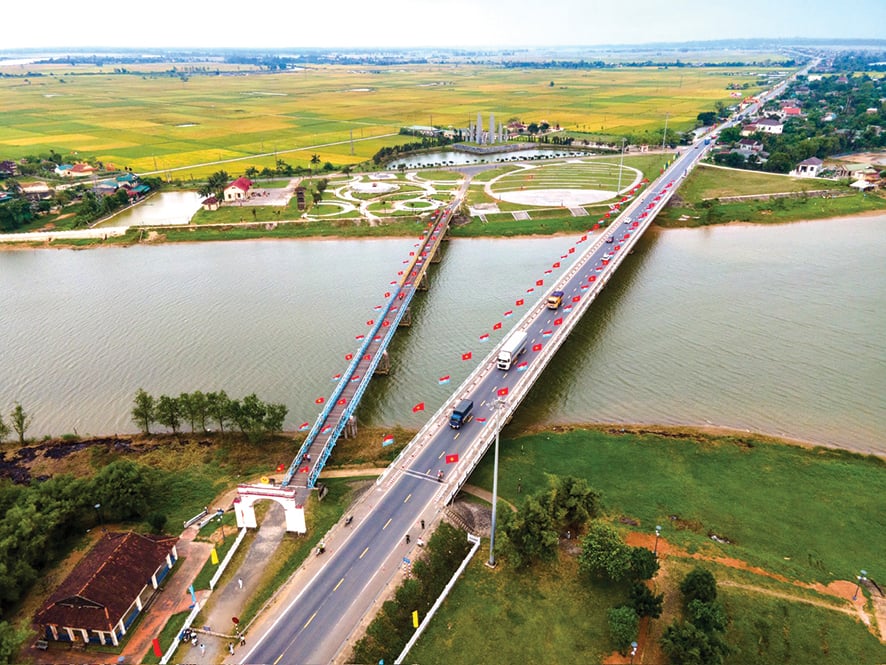
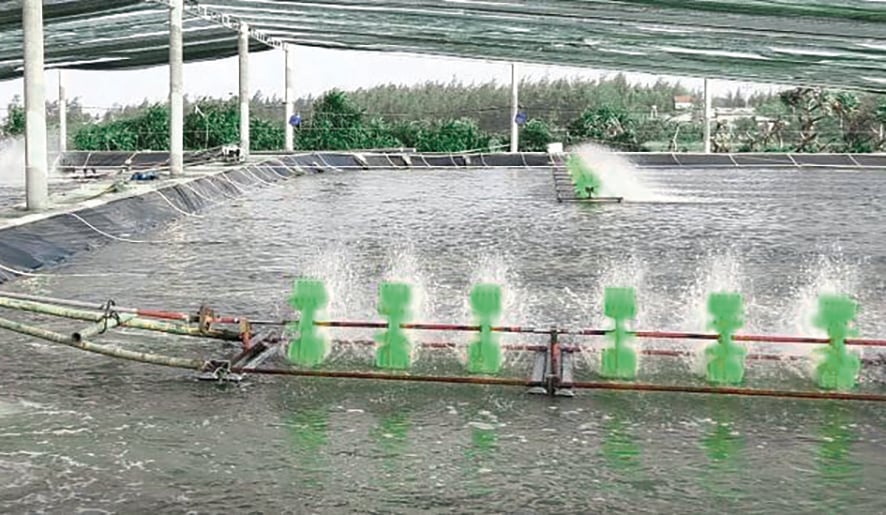
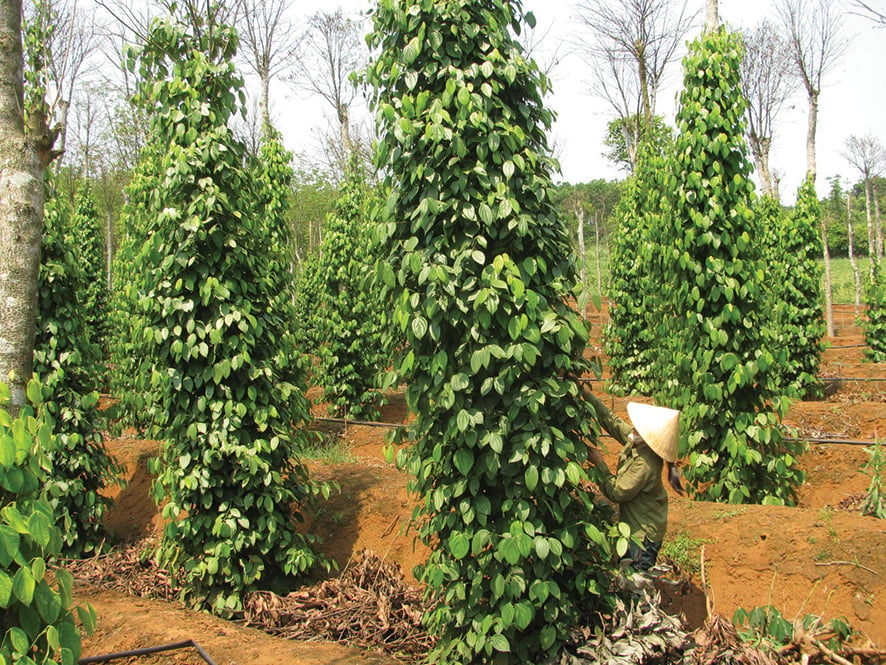
![[Photo] Chinese, Lao, and Cambodian troops participate in the parade to celebrate the 50th anniversary of the Liberation of the South and National Reunification Day](https://vphoto.vietnam.vn/thumb/1200x675/vietnam/resource/IMAGE/2025/4/30/30d2204b414549cfb5dc784544a72dee)
![[Photo] The parade took to the streets, walking among the arms of tens of thousands of people.](https://vphoto.vietnam.vn/thumb/1200x675/vietnam/resource/IMAGE/2025/4/30/180ec64521094c87bdb5a983ff1a30a4)



![[Photo] Cultural, sports and media bloc at the 50th Anniversary of Southern Liberation and National Reunification Day](https://vphoto.vietnam.vn/thumb/1200x675/vietnam/resource/IMAGE/2025/4/30/8a22f876e8d24890be2ae3d88c9b201c)


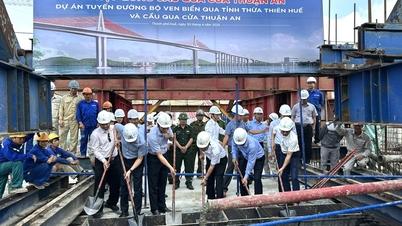
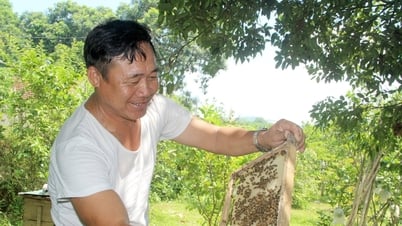






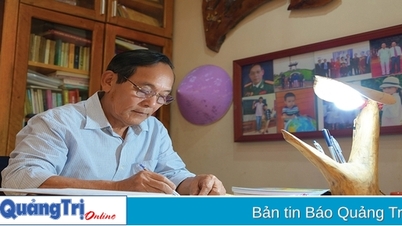

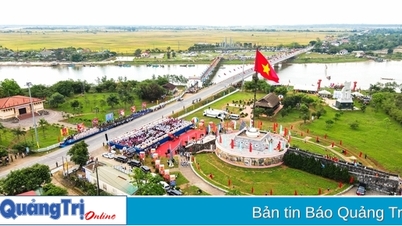
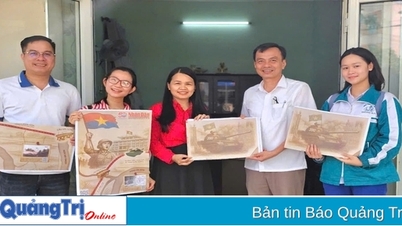
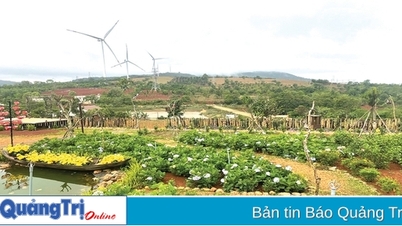

![[Photo] Performance of the Air Force Squadron at the 50th Anniversary of the Liberation of the South and National Reunification Day](https://vphoto.vietnam.vn/thumb/1200x675/vietnam/resource/IMAGE/2025/4/30/cb781ed625fc4774bb82982d31bead1e)















































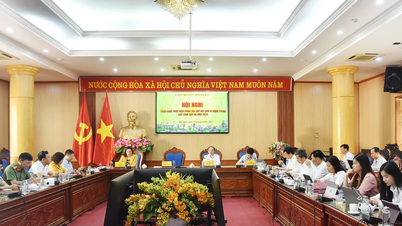

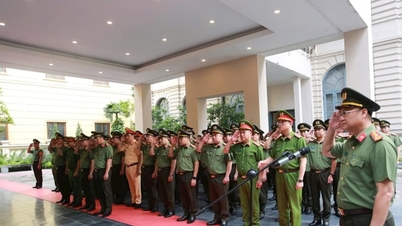

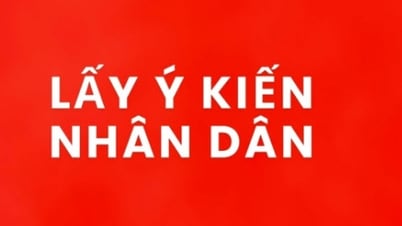

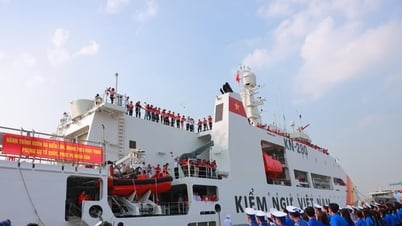

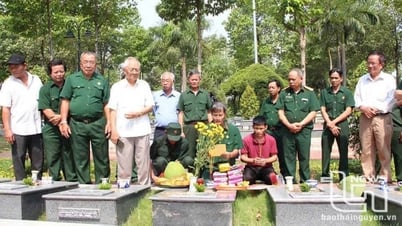












Comment (0)